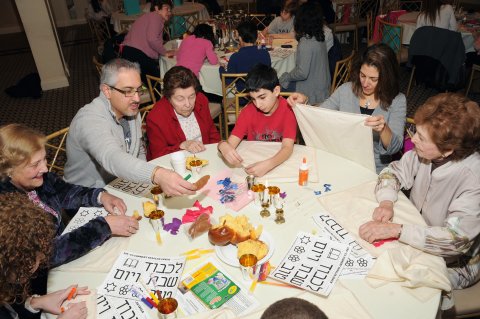Models and How They Are Implemented
INNOVATION AND MODELS: PART A | PART B | PART C | PART D
Part D includes the actual descriptions, narratives and videos that tell the stories of unique and innovative models in our community and throughout the United States.

Each congregational approach or adaptation creates its own unique educational model, designed to fit the needs of its community. While each model is its own unique adaptation, new models are most often inspired by other experiments and innovations - sometimes “successful” and sometimes not. We invite you to “visit” these different models by viewing the videos and reading the overviews and narrative descriptions of the many innovative models that we have documented.
|
We suggest that, as you decide which models to explore, you refer to the Model Elements Chart (in Part C). This chart will help you to narrow down which models might best serve as inspirations for your own adaptation. If, for example, you want to include congregants as mentors and teachers, look for models that have this element indicated in the chart. Or, perhaps you know that you are most interested in creating a Family Learning model. Simply click on any or all of the links here to learn more about a variety of models in that category. The models are divided into seven groups (or “buckets” as we like to say) that we believe cover the majority of innovative models you should be considering: |